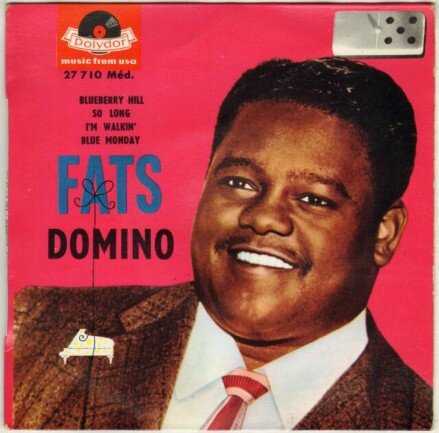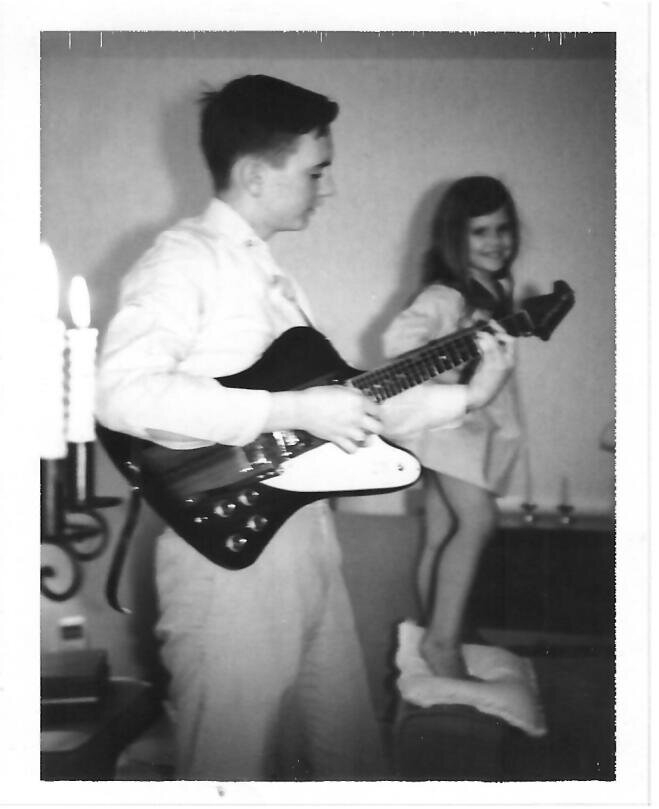My “Experiment in Autobiography”
In a standard autobiography, a book would be the logical vehicle, replete with personal stories, history, and pictures. That path did not seem as clear when the objectives includes not only space missions but my largely unknown (to the space world) musical experiences.
A website, with links to recordings and videos seemed a much better approach to tell the full story.
You might argue with this point of view. After all, you would say, there are many books about musicians, famous and not, classical, jazz and popular.
There are also volumes written by and about scientists, engineers, and innovators. However, a combination of the two is a bit less common, although there are passing references in some biographies to parallel interests.
In my own case, the fascination with space exploration came very early – at around 9 years old as I read both science and science fiction with equal intensity. The year was 1957, with Sputnik and the Cold War filling news. I was one of those kids who practiced “duck and cover” in school should the Soviets launch a nuclear attack on nearby Fort Knox, Kentucky, home of the US Gold Depository and the Patton Armor Center.
My move to backyard rocketry, basement chemistry experiments for a better fuel, building a radio with a 100-foot-long antenna to pull in those far away radio stations and watching Mars through a 2” refractor telescope from Sears were all part of the science story.
Then one day, around 1962, my father brought home a baritone ukulele. What is now known as roots music ran deep in the Hubbard family. (My mother’s family, a group of teetotaling Baptists, leaned more toward hymns.) My father, always one to be the center of attention, particularly after a few snifters of Old Grandad, won a contest playing harmonica on a local radio show when he was perhaps 9 or 10. That would make it about 1929-1930. Mind you that was in a tiny town in Kentucky just as the Great Depression was beginning.
Robert N. Hubbard played the harmonica the rest of his life, but as the late 1950’s began to bring R&B and Rock N’ Roll to the world, my father (with help from the whiskey) began to think he was some combination of Rhett Butler and Elvis Presley. A Fats Domino 45rpm record (“Blueberry Hill”) showed up in the house one day to my mother’s dismay.
I was fascinated by the possibility of making music with the ukulele. There was a short pamphlet showing a few basic chords and some simple tunes. I practiced those chords for hours and showed some talent for the instrument.
My parents noticed, so when I asked to graduate to a guitar, we marched off to the Western Auto all-everything store and purchased a “Truetone” Spanish guitar. While this plywood box was technically a guitar (6 steel strings!), what players called the “action”, the playability – particularly the height of the strings – was awful. Just 30 minutes of playing would yield bloody fingertips. I tried to file down the “nut” which held the strings, but to no avail.
So, I did what any teenager would do in a tiny town in Kentucky in 1962. I turned to the Sears, Roebuck catalog and began lobbying for a “Silvertone” guitar for my birthday/Christmas (which are only two days apart). By the beginning of 1963, I had my first real playable instrument with 6 nylon strings (a classical guitar) and reasonable action.
From then on, I was a dedicated folkie teaching myself from books I bought in the nearest music store (Louisville) and listening to the likes of Woody Guthrie, Pete Seeger, the Kingston Trio, Bob Dylan and of course Peter, Paul and Mary.
I also became the designated accompanist for any and all Hubbard family reunions. This was terrific (although somewhat stressful) ear training. My Aunt Nanny (who died a few years ago at 101) was the song leader. She had a huge stack of paper booklets with all manner of lyrics from old songs, but no chords.
So – someone would pick a tune and begin singing. It was my job to identify the key and devise some chords to go with it. That’s when I learned that you could fake your way through almost any country, folk or blues and roots song with three chords (or at most 4 if they throw in a VI minor).
It wasn’t until very recently, with the debut of Ken Burns masterful documentary “Country Music” that I realized I had been surrounded with the core of American music my whole life. The bumper sticker slogan from Burns’ movie was “Three Chords and the Truth”. Indeed!
From this period in my life onward, space and music began a close race for my attention. The Mercury-Gemini-Apollo program to the Moon was in full swing. I was in high school studying what nowadays would be called STEM: physics, chemistry, biology I and II, and various advanced math classes along with 2 years of Latin! (Latin – what’s that, I can hear GenXers saying...).
I acted in the senior play, was on the debate team, re-started the school newspaper as Editor-in-Chief, went to the National Science Fair one year, ended up as the Valedictorian of our class (1966) and a National Merit Finalist with a flock of scholarship offers.
Age 17
At the same time, Dylan went electric in 1965, causing a great stir at the Newport Folk Festival.
Rock N’ Roll was everywhere on Top 40 radio, so what was I to do? Obviously get an electric guitar. My first instrument was a very inexpensive Kay that suffered from the same problems as the Truetone. Very heavy steel strings and high action. Hard to play. But I persevered and mastered the Kinks “All Day and All of the Night” followed closely by the opening riff to “I Can’t Get No Satisfaction”. With a group of high school buddies, playing sock hops (Google it) was not far behind.
Seeing all this activity, my dear old father actually went and spent some serious money to buy me a Gibson Firebird III electric guitar. At last, a playable instrument! I didn’t know enough yet to change out the heavy strings – that would come later – but the action was terrific.
Playing the Firebird while my little sister dances to the music.
It was amazing what progress I could make with a decent guitar. But the instrument disappeared one day. That’s when I discovered that if Bob Hubbard gave you an expensive gift, it always belonged to him to some degree.
The Firebird had traveled to some party to be played by a State Trooper wearing his big, sharp belt buckle. When the guitar reappeared, the back side of the pristine mahogany finish was a mess of gouges and scratches. Needless to say, when I went off to Vanderbilt University, I took the Gibson with me.
There was one more experience that set the stage for my later understanding of the multicultural origins of American music:
While the Elizabethtown, KY schools had desegregated in 1954, the African American community still primarily lived on the other side of town at the time. My parents briefly owned a mobile home rental there - one more of my Father’s get rich schemes that came and went rapidly, like oil wells in Western Kentucky and selling log cabins. Every month my mother had the task of collecting the rent—in person, usually in cash—and she took me with her.
One of the renters was a woman named Billie. She had a boyfriend who played a gigantic arch top guitar. On one occasion while we were out at Billie’s, my mother mentioned that I was learning how to play guitar, so the boyfriend handed me his arch top and said, “play something”. I did my best to plunk out “House of the Rising Sun”, complete with the opening arpeggio I had just learned by listening to the Animals version. “Not bad”, the guy remarked, “especially the fingerpicking with the right hand. Now, let me show you something.”
Then he played the blues.
It was the first time I had heard a real live person play the blues - all my previous exposure was to folk, country and early radio rock-and-roll. I was completely taken by the power, yet apparent simplicity, of the tune. It was only many years later that I realized the skill required to play and sing the blues really well.
Almost anyone could quickly learn the mechanics of banging out the chords of the tune I heard him play that day, but it’s something else entirely to play and sing as though it matters.
Now you have some idea of where I came from and early influences. The rest of this website recounts the trajectory of my time in Nashville, a National Lab, a startup company, the highest levels of NASA, Stanford University, and now coming full circle to music again.
I hope you enjoy the journey, the music, and the stories.







